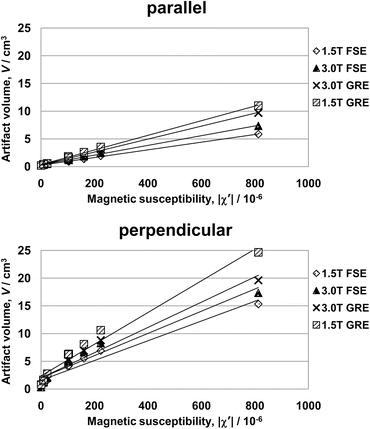Element
(Mass%)
R60702
R60704
R60705
R60901
Zr + Hf, min
99.2
97.5
95.5
Balance
Hf, max
4.5
4.5
4.5
0.010
Fe + Cr
0.2, max
0.2–0.4
0.2, max
Fe:0.15, Cr:0.020
Sn
…
1.0–2.0
…
0.0050
H, max
0.005
0.005
0.005
0.0025
N, max
0.025
0.025
0.025
0.0080
C, max
0.05
0.05
0.05
0.027
Nb
…
…
2.0–3.0
2.40–2.80
O, max
0.16
0.18
0.18
0.13
Tensile properties
R60702
R60704
R60705
R60901
UTS, min (MPa)
379
413
552
450
Yield strength, min (MPa)
207
241
379
310
Elongation, min (%)
16
14
16
15
9.2 Current Applications as Biomaterials
Typical use of Zr for biomedical applications is in total knee replacement (TKR) and total hip replacement (THR). The Zr-2.5 alloy is used for the femoral knee surface and the head of the hip joints, which was called Oxinium and developed by Smith and Nephew in 1997 for TKR and in 2002 for THR. Although the wear resistance of Zr is low because of its low hardness, thin zirconium oxides (ca. 5 μm) form when the Zr-2.5Nb alloy is heat-treated at approximately 773 K in air [5]. Relatively high compressive stress is generated in the oxide layer, and this contributes to the adherence to the base material [6]. Therefore, this alloy surface shows higher hardness and wear resistance as compared with Co-Cr and Ti alloys. During in vitro tests, the oxidized Zr femoral heads produced less polyethylene wear and fewer particles than did the Co-Cr heads [7]. The Zr alloy appears to have similar or superior bone response to the Co-Cr alloy when implanted in the rabbit tibia model [8]. On the other hand, the vulnerability of the oxidized Zr surface has been pointed out in vivo, in that deeper scratches were found as compared with the retrieved Co-Cr head [9, 10].
9.3 New Applications of Zr Alloys in Magnetic Resonance Image
Recently, new Zr alloys with low magnetic susceptibility have been studied extensively for the purpose of suppressing artifacts in magnetic resonance images, as Zr possesses lower magnetic susceptibility than stainless steels, Co-Cr, and Ti alloys that are currently used as metallic biomaterials. MRI has been widely used for medical diagnosis to acquire a cross-sectional view of the human body, especially in orthopedics and brain surgery. MRI can provide sectional images of anatomic regions in any arbitrary plane with excellent soft-tissue contrast resolution. On the other hand, MRI diagnostics are inhibited when metals are implanted in the body because of the heat generated by the implants, the displacement of the implant, and the generation of artifacts on the image. Imai et al. [11] investigated the relationship between artifacts and the magnetic susceptibility of metals. They showed that the artifact volume increased quantitatively with the increasing magnetic susceptibility, as shown in Fig. 9.1. To avoid the formation of artifacts, it could be a possible solution to substitute metals for ceramics and polymers with low magnetic susceptibility. However, metals are predominantly used in medical devices requiring strength, toughness, and other mechanical properties; in those areas, metals are superior to polymers and ceramics. Therefore, research on the development of alloys with low magnetic susceptibility needs to overcome the problem of artifacts.




